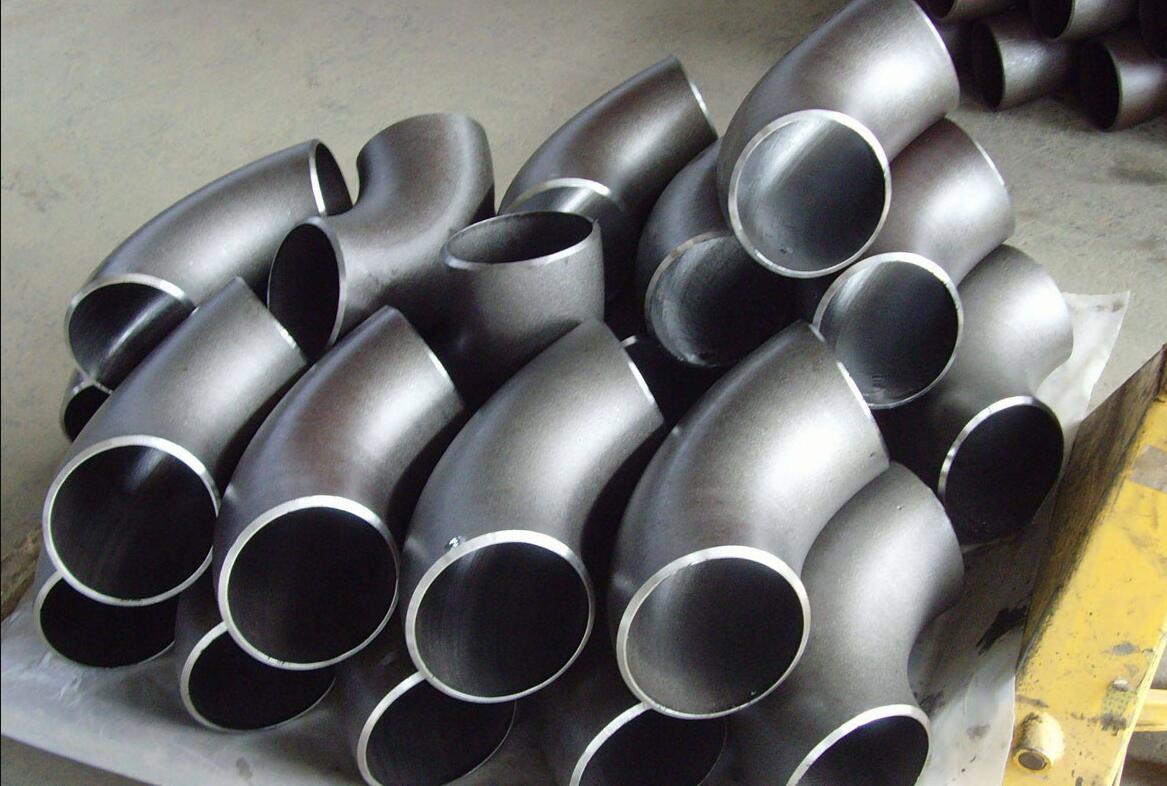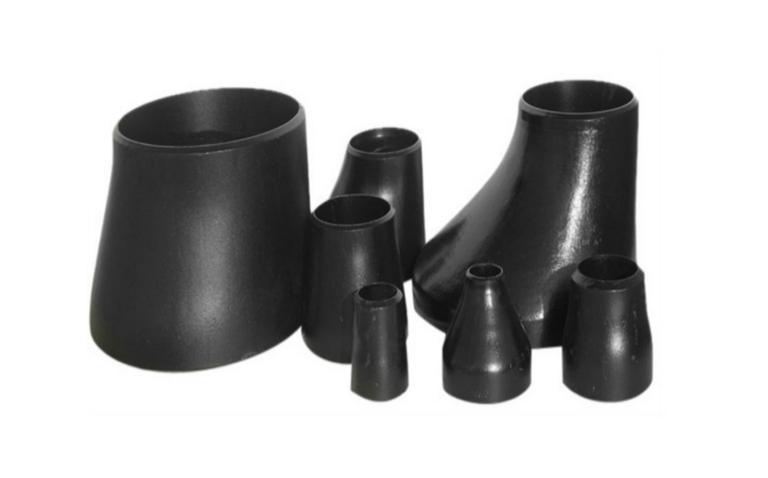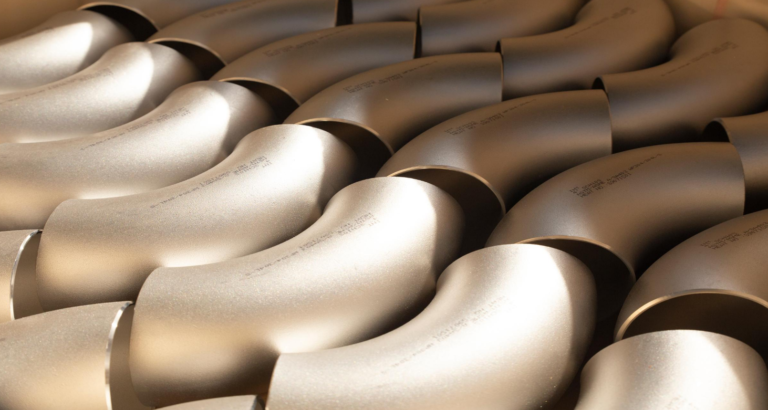Material selection of carbon steel elbow
Contents
In industrial piping systems, carbon steel elbows are important connectors used to change the direction of fluid flow.
Selecting the appropriate carbon steel elbow specifications is critical to ensuring the safety, reliability and efficiency of the system.
The following are specifications and selection recommendations that should be considered when purchasing carbon steel elbows.
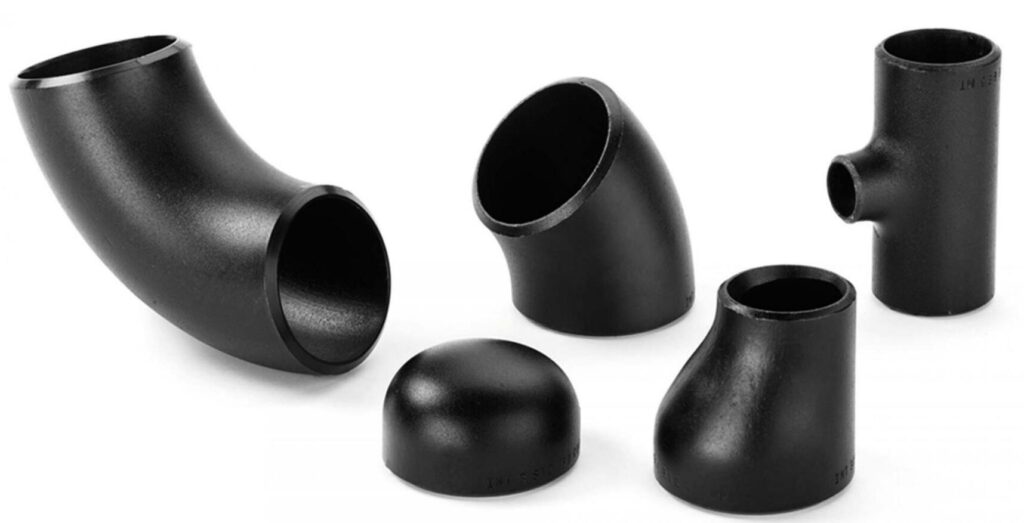
Material and characteristics of carbon steel elbows
Carbon steel elbows are widely used in petroleum, chemical, electric power, shipbuilding, machinery, metallurgy and other industries.
Its main features are high strength, corrosion resistance, good reliability and long service life. The material selection of carbon steel elbows is generally divided into the following categories.
20# carbon steel
This is a common carbon steel material with certain strength and toughness and a relatively low price. It is suitable for some general occasions, such as tap water, food, medicine and other industries.
Q235B steel
This is also a common carbon steel material, which is stronger and more corrosion-resistant than 20# steel. It is suitable for some occasions with higher requirements, such as urban gas and chemical industries.
16Mn steel
16Mn steel has higher strength and is suitable for high-pressure occasions, such as chemical pipelines for transporting oil, natural gas, etc., and has good corrosion resistance.
10# steel
10# steel has better hardness and toughness than 20# steel and is suitable for some important occasions, such as the nuclear energy industry and the arms industry.
45# steel
45# steel is a low alloy high carbon steel with high strength and hardness. It is suitable for high pressure and large diameter occasions, such as petroleum, chemical, natural gas and other industries.
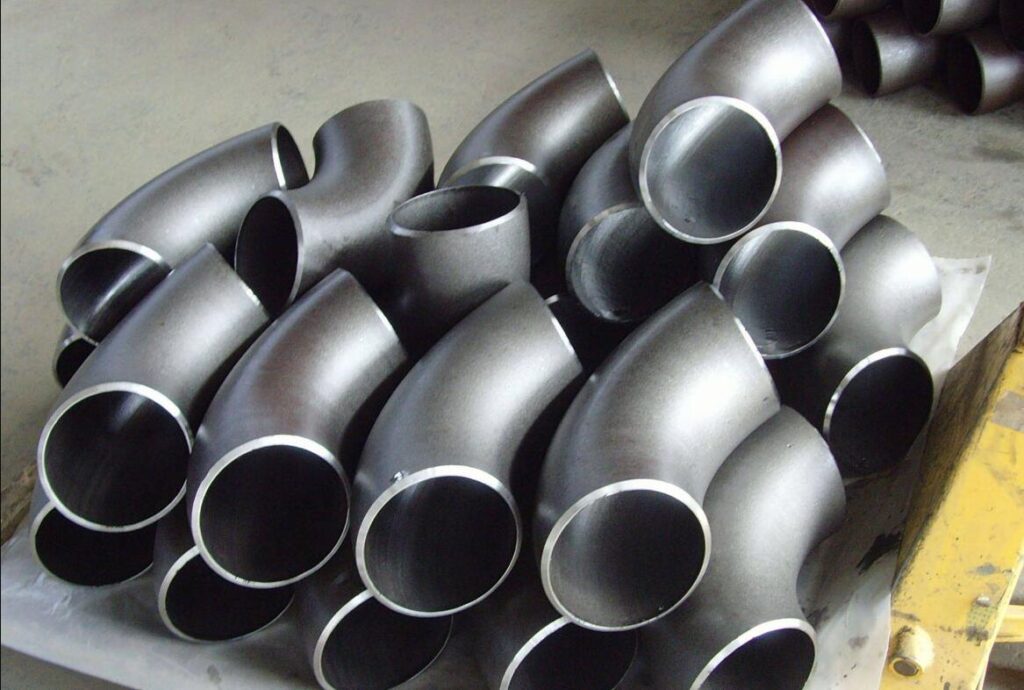
How to choose the right material
How to choose the material of carbon steel elbow depends on the different production and use occasions. Generally, the following points need to be considered.
Pipeline medium
Different media will affect the choice of materials. For example, for pipelines that transport corrosive media, materials with strong corrosion resistance, such as stainless steel, should be used.
However, for pipelines that transport oil and gas, stainless steel is not required, and carbon steel or alloy steel can be used.
Usage environment
Different use environments will also affect the choice of materials. For example, high-temperature resistant materials, such as Cr-Mo alloy steel, should be selected for high-temperature applications.
Low-temperature resistant materials, such as low-temperature carbon steel, should be selected for low-temperature applications.
Pressure size
Different materials and types of elbows need to be selected under different pressures. For example, elbows with thicker walls need to be selected in high-pressure situations to ensure their safety.
In summary, the material selection of carbon steel elbows needs to take into account multiple factors. According to the specific production and use environment, choosing the right material can ensure its service life and safety.
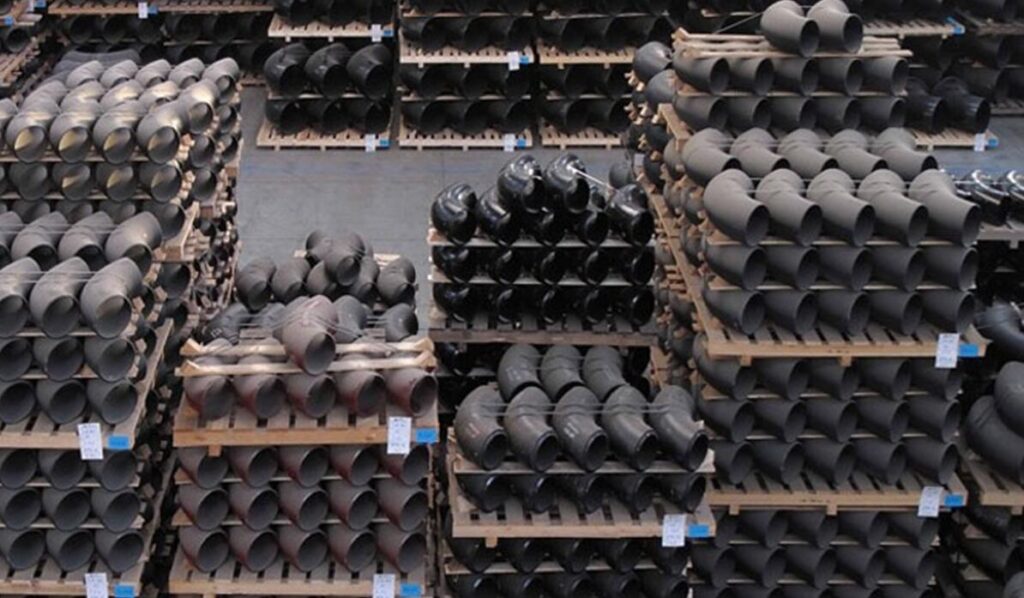
Summary
This article introduces the main materials and characteristics of carbon steel elbows, as well as how to choose the right material according to different requirements.
In production and use, the material selection should be carried out according to the specific situation to ensure the smooth progress of the production process.

